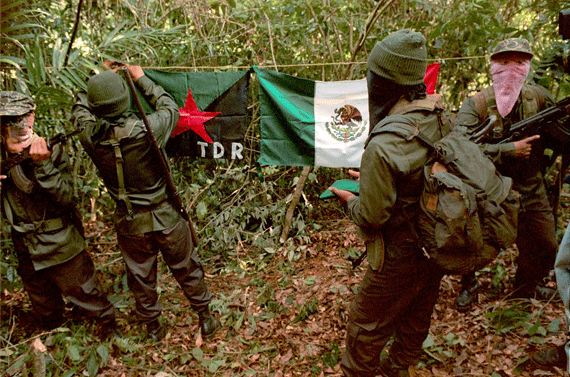(Photo: TDR-EP members, 2000)
1/

4/
7/
8/
13/
14/
16/
17/
18/
19/
20/
21/
25/
26/
27/
28/
29/
31/
32/
33/
34/
35/
36/
37/
38/
39/
40/
41/

Keep Current with TintinBeubara
This Thread may be Removed Anytime!
Twitter may remove this content at anytime, convert it as a PDF, save and print for later use!

1) Follow Thread Reader App on Twitter so you can easily mention us!
2) Go to a Twitter thread (series of Tweets by the same owner) and mention us with a keyword "unroll"
@threadreaderapp unroll
You can practice here first or read more on our help page!
